Are you trying to decide between an air mover and a fan? Both are excellent tools for improving air circulation, but they have different strengths. The bottom line is an air mover is often better than a fan for tasks requiring high-volume, concentrated airflow. However, understanding the key differences between the two will help you select the right one for your specific needs.
In this post, we’ll explore the key difference between an air mover and a fan. We’ll also discuss when to use each and see if an air mover might be the powerful solution you’ve been missing!
What is an Air Mover?
As the name suggests, air mover move the air. Think of an air mover as a supercharged fan. The design of this powerful tool allows it to move a great amount of air fast and in a particular direction. Contrary to ordinary fans, air movers are manufactured for efficiency and speed in drying out surfaces or ventilating big spaces. Therefore, they are considered best for drying out things quickly, such as carpets after a flood or blowing up large bounce houses.
Types of Air Movers
There are two basic types of air movers:
Centrifugal Movers
Centrifugal movers are small in size but highly capable air movers that move air with great force. They are like mini-blowers drawing air out in a circle. These air movers are best for drying up smaller spaces such as carpets or furniture after water damage. You can call them water damage fans. The portable size makes them perfect for concentrated air circulation in small areas.
Axial Movers
Axial air movers are big and made to blow a lot of air over a big area. They are mostly utilized for drying up larger rooms or ventilating bigger spaces such as crawl spaces or basements. These air movers shoot air forward, just like a jet engine. To find a high-quality and reliable axial air mover, AlorAir is a perfect choice.
Common Uses of Air Movers
Air movers have several uses. They are used to dry up carpets, floors, and walls after a spill or flood, quicken the drying period during cleansing tasks, ventilate bigger areas such as crawl spaces, or warehouses, revive water-damaged spaces to ensure no mold or mildew formation, scatter smoke, and cool workforce working at high temperatures.
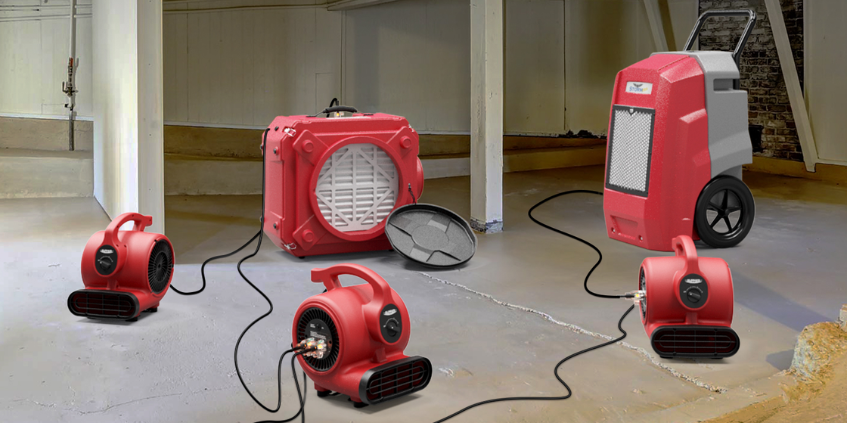
What is a Traditional Fan?
A traditional fan is identical to the usual cooling appliance you’ve known ever since. This common homely tool is designed to move air around a room to maintain a chill and cozy environment. Several designs of fans are available, normally more centered on cooling people instead of drying out areas of extracting moisture. Fans spin blades to blow the air around, to make you feel cooler.
Types of Fans
Traditional fans come in various types. Following are some common types:
Pedestal Fans
Pedestal fans are mostly used in offices and homes. They rest on the floor and are height adjustable to flow the air at various levels in a room.
Box Fans
These fans are compact and simple to move around. They are generally positioned in windows or on the floor to draw in or thrust out air.
Ceiling Fans
Ceiling fans are set to ceilings and are crafted to keep the air circulating throughout the room. They are the perfect choice to cool off the rooms by circulating air.
Common Uses of Traditional Fans
Fans are used for cooling people by moving air in the room, enhancing airflow in bedrooms, homes, or offices, and offering compact cooling as you can easily move them from place to place.
What Does an Air Mover Do?
Air movers also known as “air blowers” or “horns”, as you can imagine, move air. They are similar to the turbo boost for your air. These extraction units extract dirt, toxins, and other damaging substances from the air. They are made for powerful jobs like drying surfaces quickly and efficiently. Air movers work by drawing in air which advances with the blades in the motor before getting thrusted out at force. They move air out in a powerful focused stream. That’s why they are best for drying surfaces fast and removing moisture in particular spaces.
Key Differences Between Air Movers and Fans
When comparing an air mover vs a fan, it’s necessary to comprehend their different functions. While both blow air, they are manufactured for contrasting purposes and surroundings. Here’s a breakdown of the difference between an air mover and a fan:
1. Airflow Power and Coverage
The major difference between an air mover and a fan is airflow and coverage. Air movers are developed to offer powerful air circulation over particular spaces. Air movers are like the athletes of the air world. They are considered best for drying out surfaces, such as floors or carpets after water damage. Additionally, best air movers focus on air movement in wet places, hurrying evaporation.
On the other hand, fans are more for normal airflow. They do not possess the concentrated power of an air mover. They are primarily used for cooling people or ventilation in bigger rooms with low power and constant air circulation. Moreover, their working charges are cheaper too than air movers, so you need not worry about them operating all day.
2. Design and Functionality
Another difference lies in their design and functionality. Air movers are designed for high-performing jobs and longevity like industrial site tasks. Because only industrial air movers can ensure powerful airflow. They often have sturdy cases and directional nozzles to focus the airflow. Mostly they come with features such as customized speed settings and several positioning choices (e.g., up or facing down). So, they are adaptable for drying out or ventilating inaccessible spaces.
Fans, on the contrary, are generally lighter and have wider more spread-out circulation. They have several designs from pedestal to ceiling and are mostly used for cooling air. The shortfall of concentrated drying powers of an air mover.
3. Durability and Construction
Air movers are designed to survive. They are made with durable materials that can cope with tough climates, making them a perfect fit for commercial and industrial settings.
Fans, in contrast, are normally more light and are constructed to use in homes. This makes them less long-lasting for more demanding drying jobs.
Is an air mover better than a fan? Selecting between an air mover and a fan relies on the jobs at hand. If you want something for professional drying, such as flood, an air mover is the right choice. If your primary worry is ventilation or cooling, a traditional fan will serve.
When to Use an Air Mover
Air movers are like superheroes for drying jobs. However, an awareness of when to use an air mover is the key to enjoying the best outcomes in ventilation and drying. They’re perfect for:
Restoration and Drying
Air movers are masters of water damage restoration like drying up floors, carpets, and walls after plumbing problems or a flood. The focused air circulation of air movers aids in evaporating moisture fast, sopping mold and mildew formation. AlorAir offers the finest of its kind a water damage restoration air mover that is also a compatible partner of dehumidifier.
Commercial and Industrial Use
When it comes to big areas like factories, warehouses, or construction sites, where ventilation and drying are necessary, air movers serve best. Additionally, you can use them to dry out freshly painted surfaces or floors in commercial buildings.
Ventilation in Large Spaces
If your basements or crawlspaces have poor air circulation, an air mover can notably enhance ventilation. Coupled with a dehumidifier, it makes sure moisture is effectively extracted, lowering the possibility of mold.
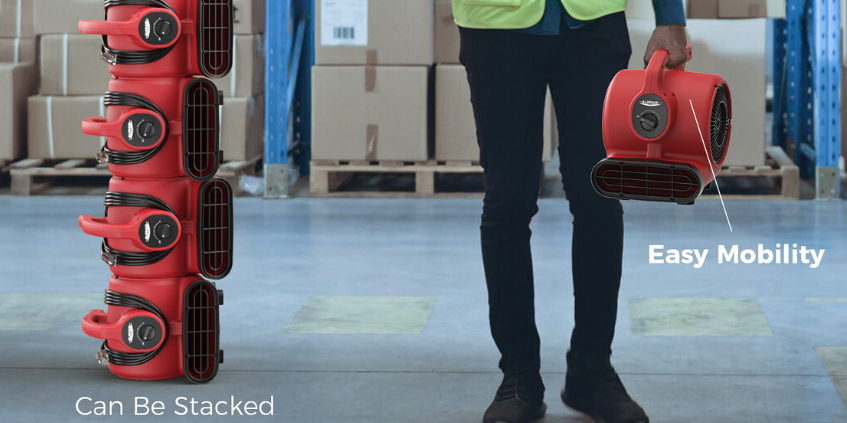
When to Use a Fan
Fans are an excellent choice for regular airflow and cooling in routine settings. Though they may not have the capability of an air mover, they are efficient in particular scenarios:
Cooling and Air Circulation
Fans are best for maintaining a feeling of coolness in rooms by flowing air during hot months. They’re generally used in offices, homes, and outdoor areas to turn the atmosphere into a more cozy one. However, fans are not constructed to dry up particular spaces, as they don’t have the concentrated air circulation of an air mover.
Home Use and Portability
Not like air movers, fans are light in weight and compact, so easy to move from one place to another. Pedestal fans, box fans, and ceiling fans are the most general kinds for home use, offering a soft breeze to chill areas without investing in heavy machinery.
Which One is Right for You?
Deciding between an air mover and vs fan depends on your specific needs. Here’s how to choose the right one:
Choosing Based on Purpose
If you need to dry wet surfaces or manage water damage, an air mover is a clear choice due to its powerful and focused airflow. For general cooling and air circulation in smaller spaces, a fan is more practical and affordable.
Cost Considerations
Air movers are typically more expensive due to their high-performance capabilities and industrial-grade construction. However, if you need efficient drying, especially after water damage, the investment in an air mover is worthwhile. Fans are more budget-friendly and suitable for everyday use.
Combining Both
In certain cases, you can benefit from using both. For example, after water damage, you can use an air mover for targeted drying and a fan for overall air circulation in the room. If you want a lightweight, portable water damage restoration air mover with no noise, the AlorAir® 600 CFM Air Mover Blower Fan is the best air mover in this regard.
Is An Air Mover Better Than A Fan?
Is an air mover better than a fan? Well, there’s no one “better” option. Eventually, the answer revolves around your specific needs.
For drying and reviving jobs, air movers are champions in terms of their power and efficiency. Their mighty air circulation handles moisture fast, ensuring no mold growth and saving you time.
Fans are the best option for keeping people chill and flowing air in smaller areas, however, they are not made to manage heavy-duty drying jobs. They’re affordable, portable, energy-efficient, and create a refreshing breeze.
However, for heavy-duty tasks like drying out wet floors or ventilating large spaces, air movers provide the necessary power and long-term value.
Conclusion
In the debate of Is an air mover better than a fan, each serves a unique purpose but is better in different situations. Fans are great for everyday air circulation and cooling, while air movers are built for more demanding tasks like water damage restoration and large-scale drying. If you’re looking for serious drying power and effective moisture control, an air mover is the better option. For general home use and comfort, a fan may do. Now it’s your turn! Think about what you need most – fast drying power or an overall cooling companion. Choosing the right tool can make a big difference.
Don’t settle for ordinary fans when you can achieve faster, more efficient results with AlorAir’s powerful air movers. Alorair.com has a wide selection of high-quality air movers designed to meet your drying and ventilation needs. Whether you’re dealing with water damage or need to improve airflow in large spaces, AlorAir has the solution. Visit Alorair.com today to find the perfect air mover for your home or business!







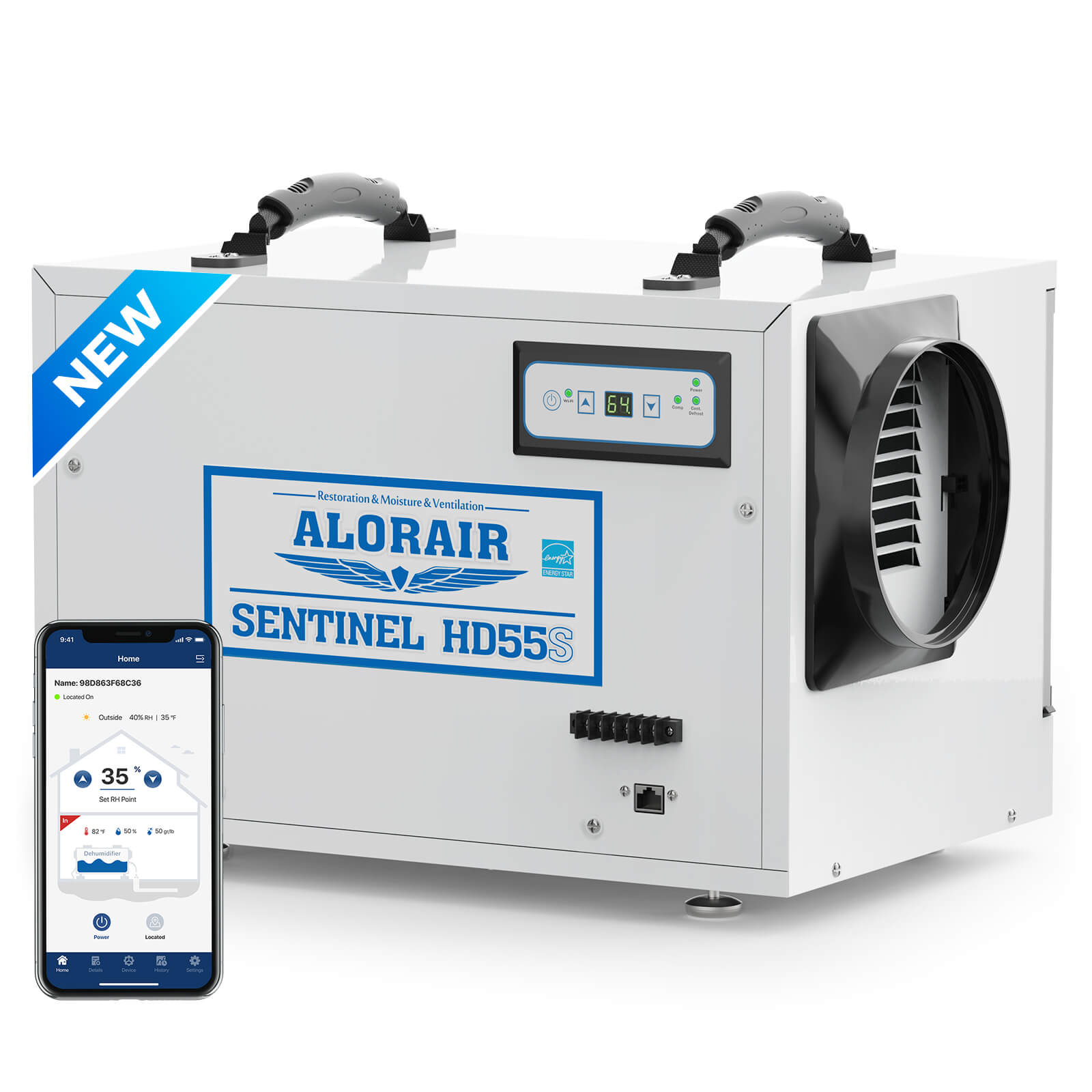
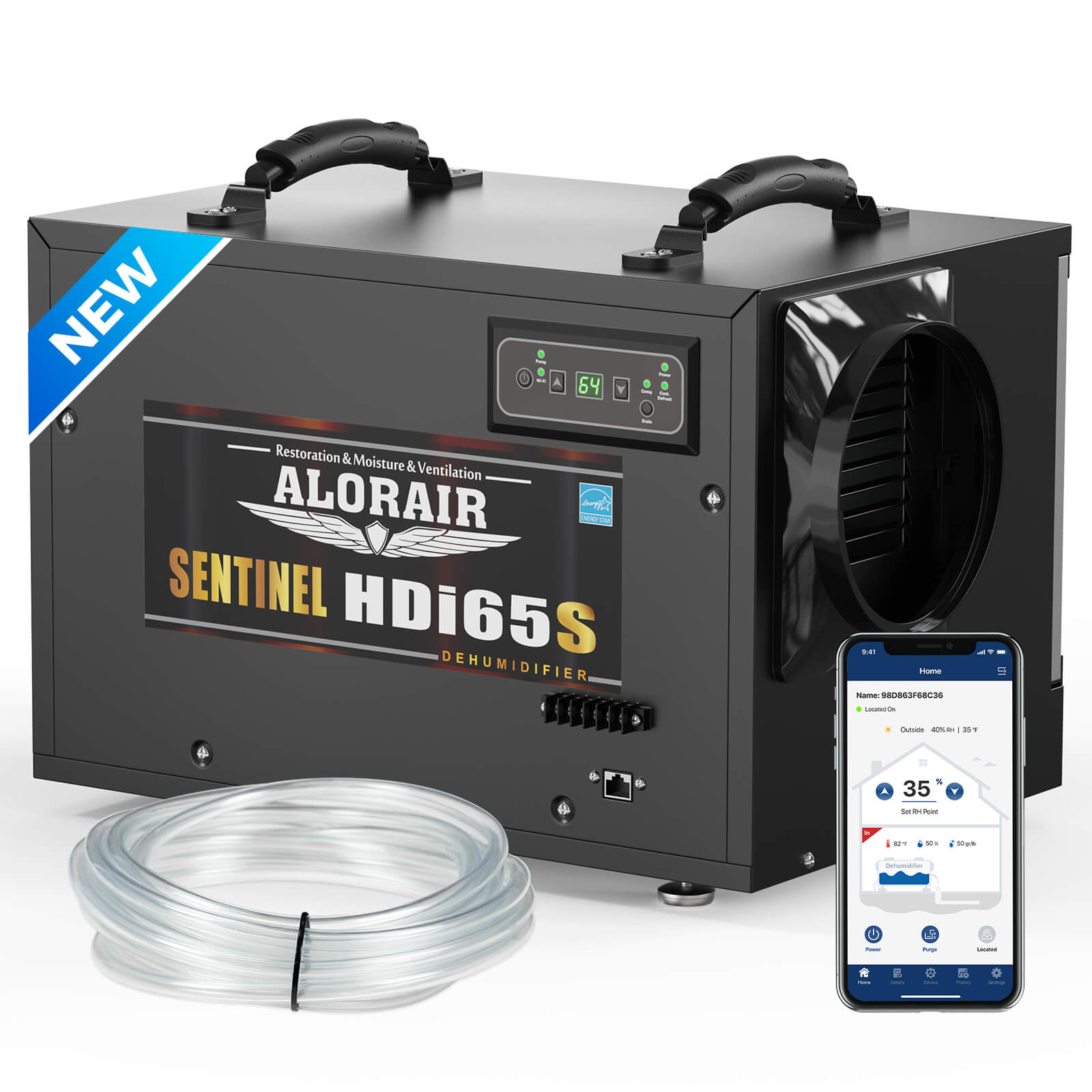
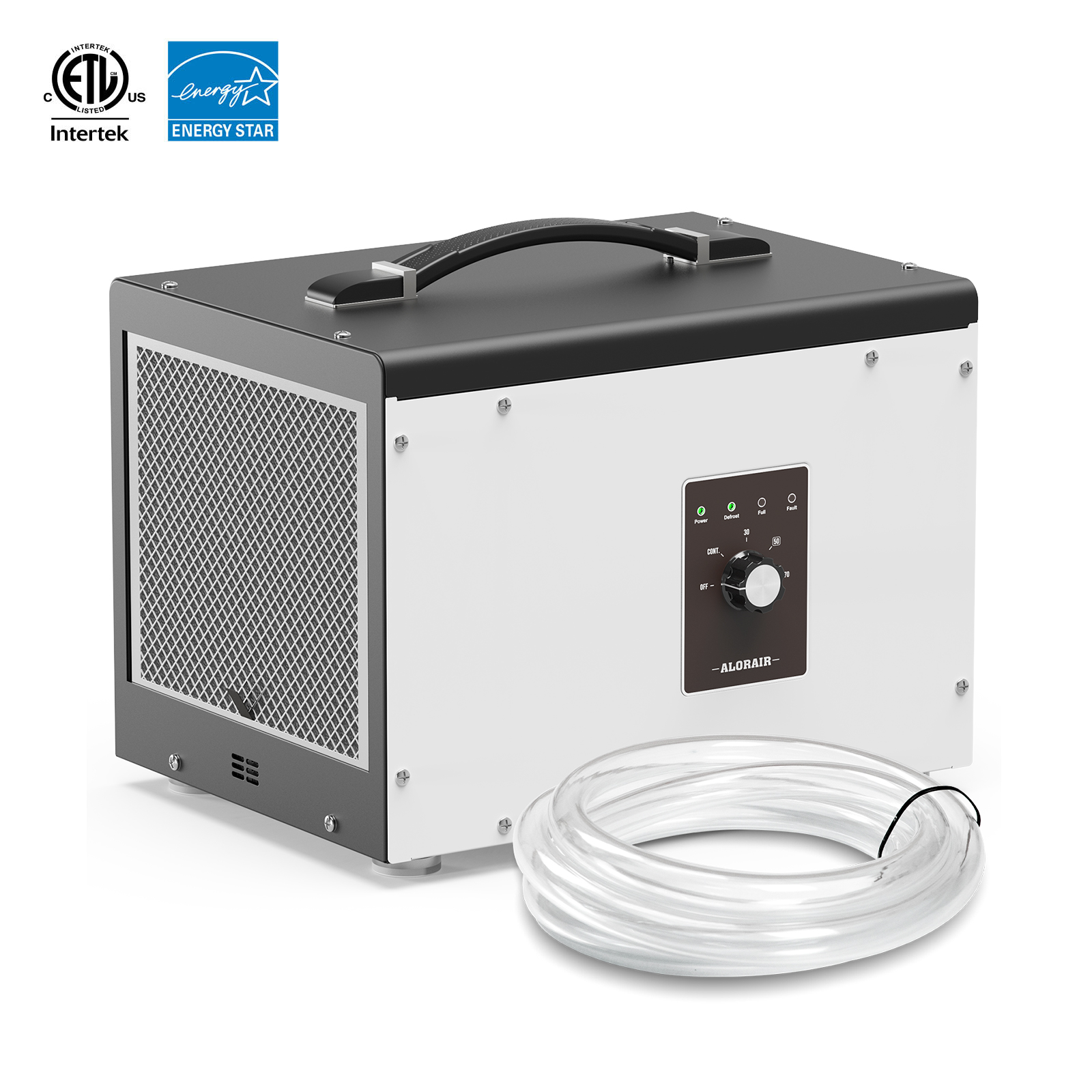
.jpg)
.jpg)

.jpg)
.jpg)
.HDi90.png)
.HD90.png)

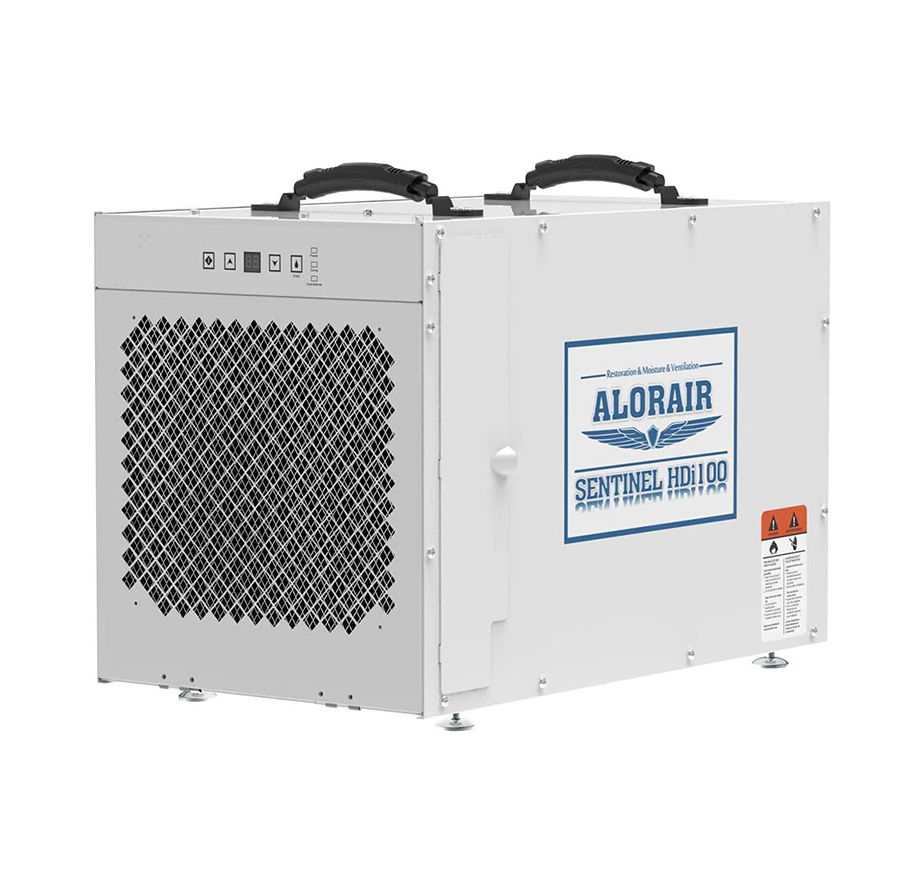


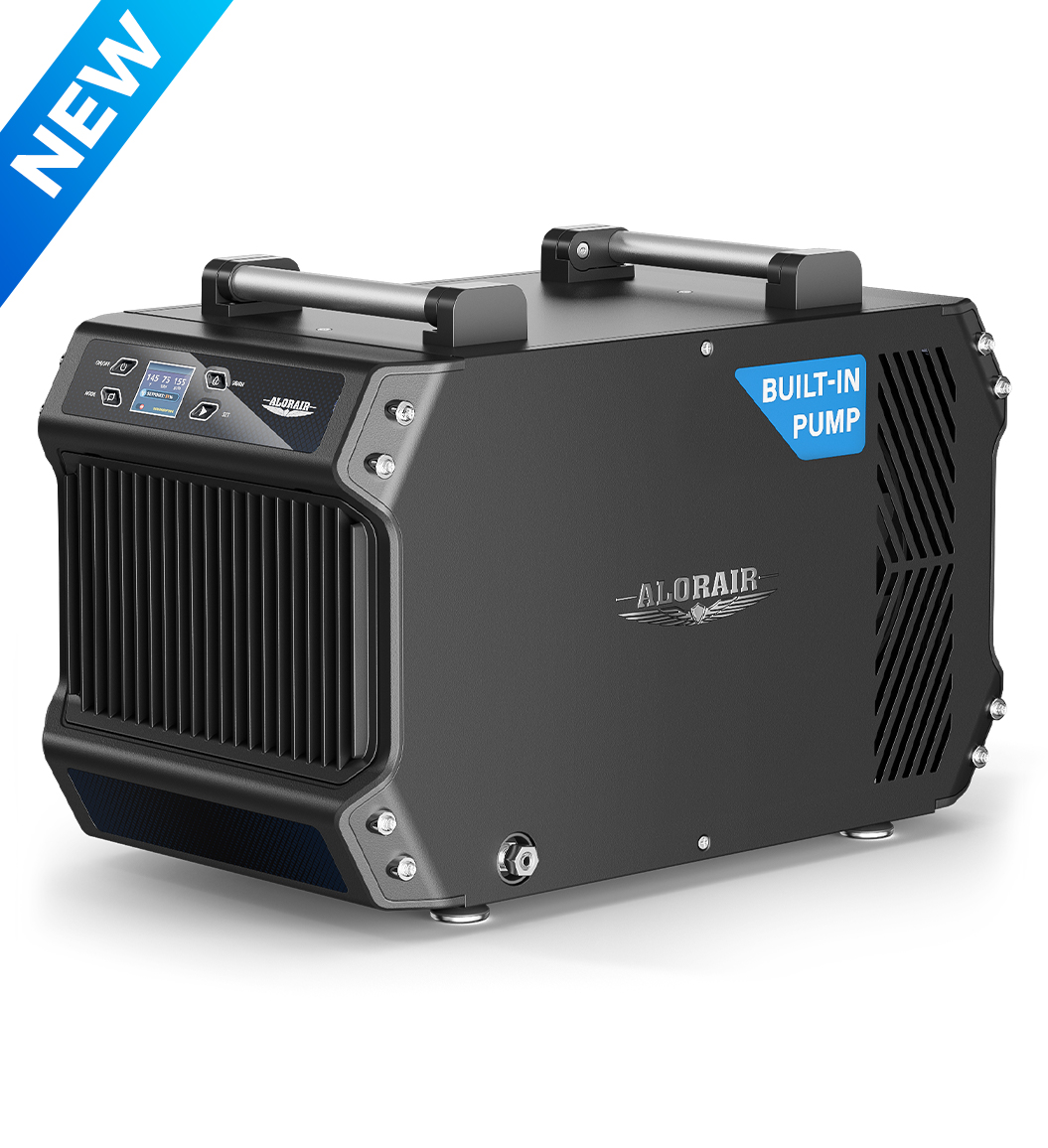




.jpg)
.jpg)
.jpg)





.jpg)
.jpg)


.jpg)








.jpg)
.jpg)








.jpg)
.jpg)












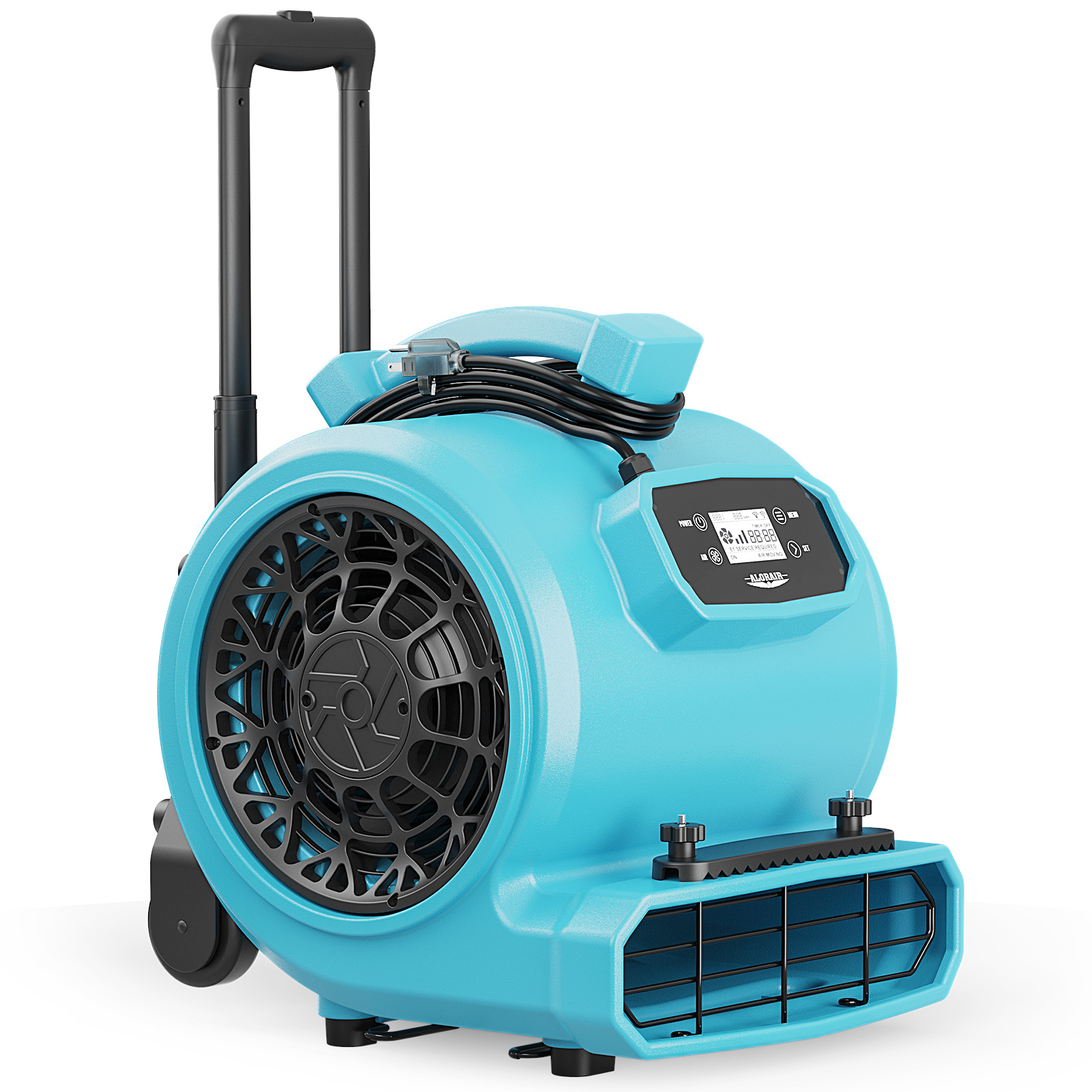
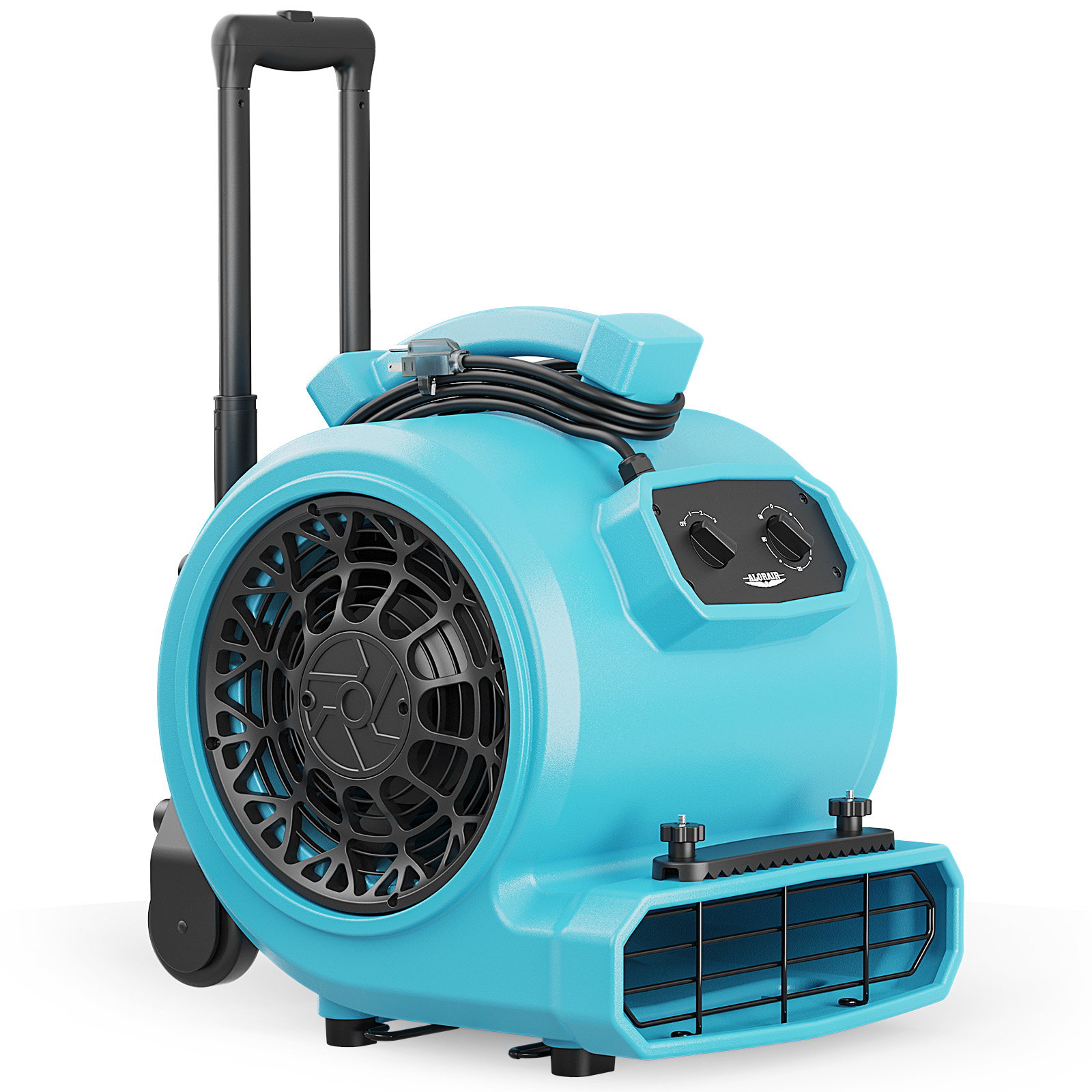

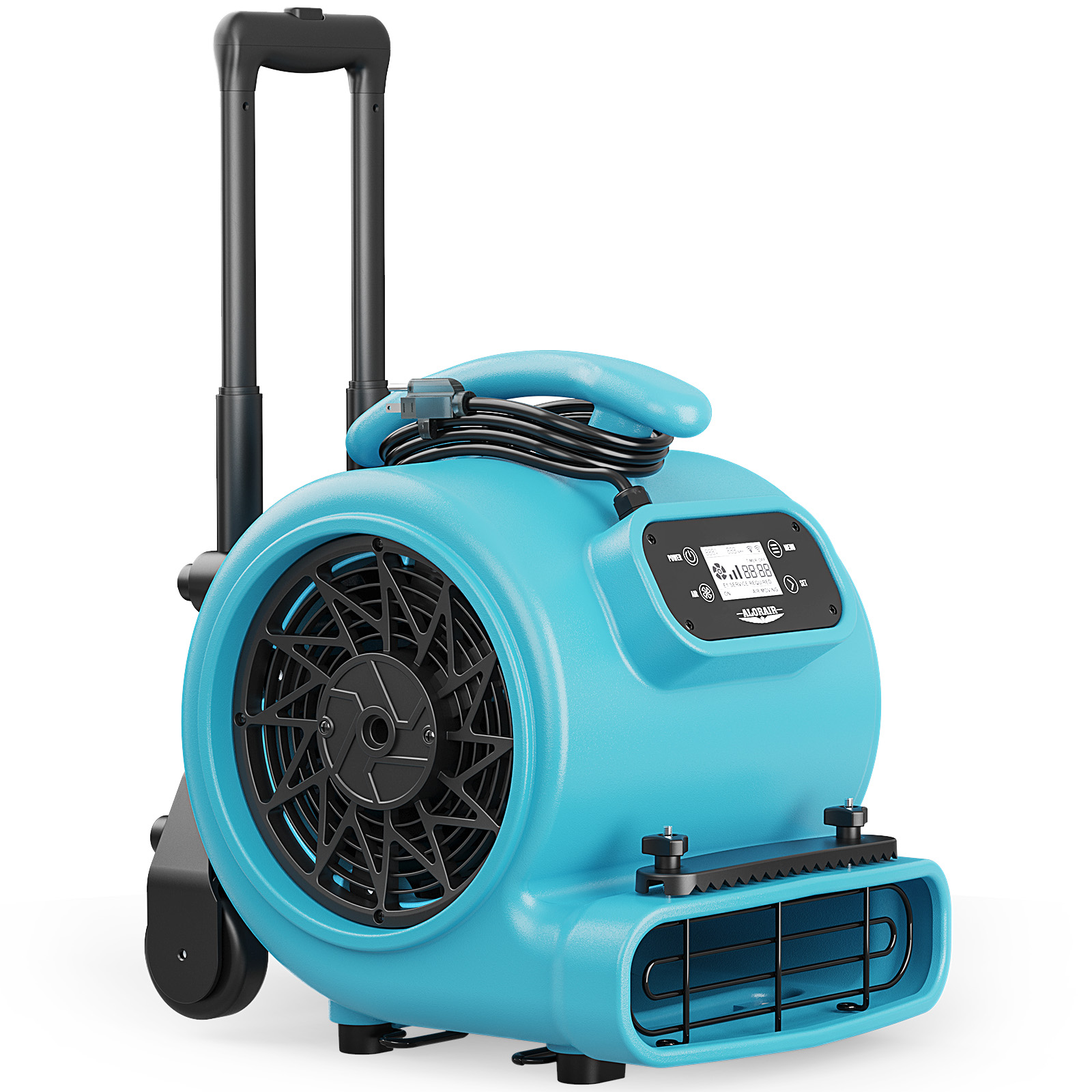
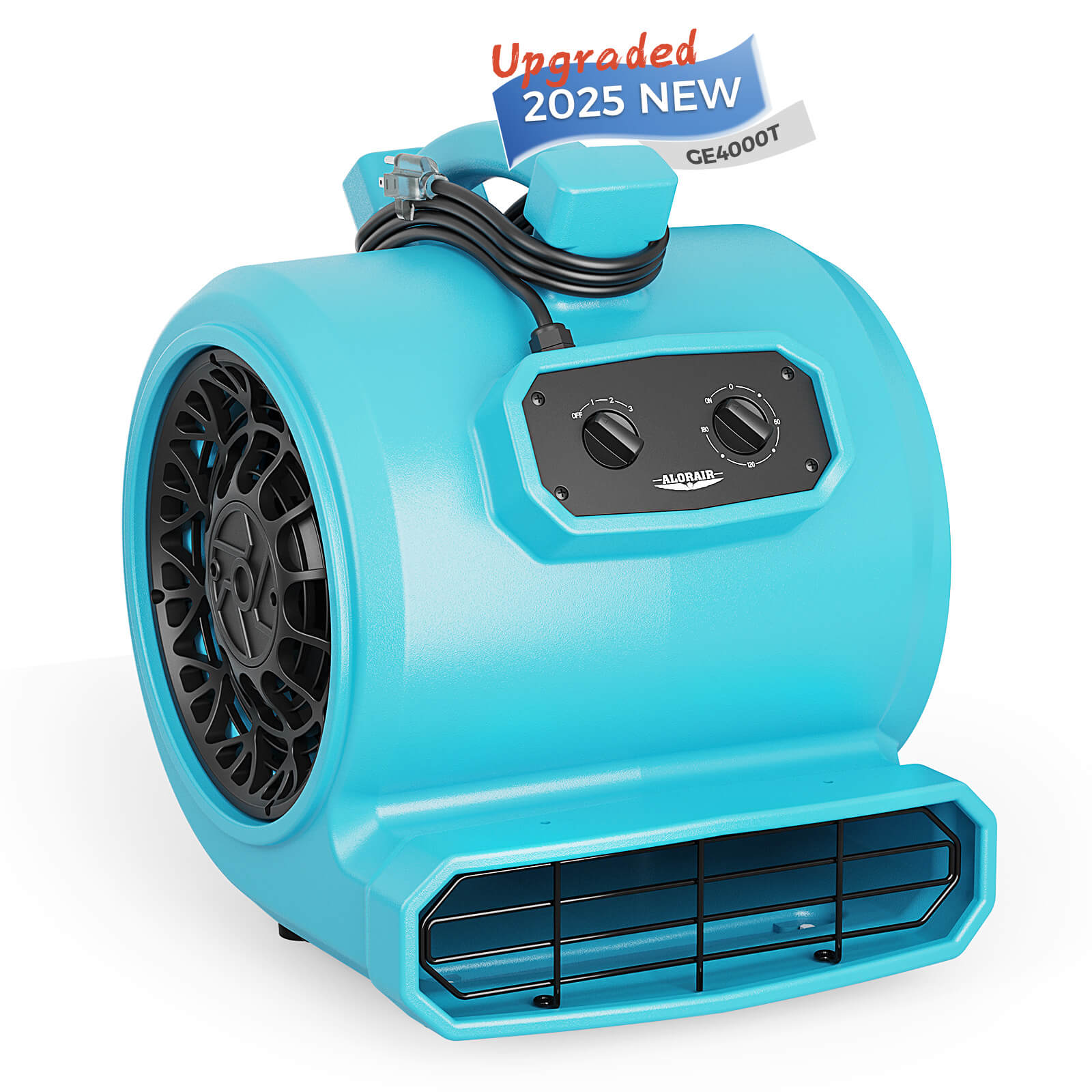
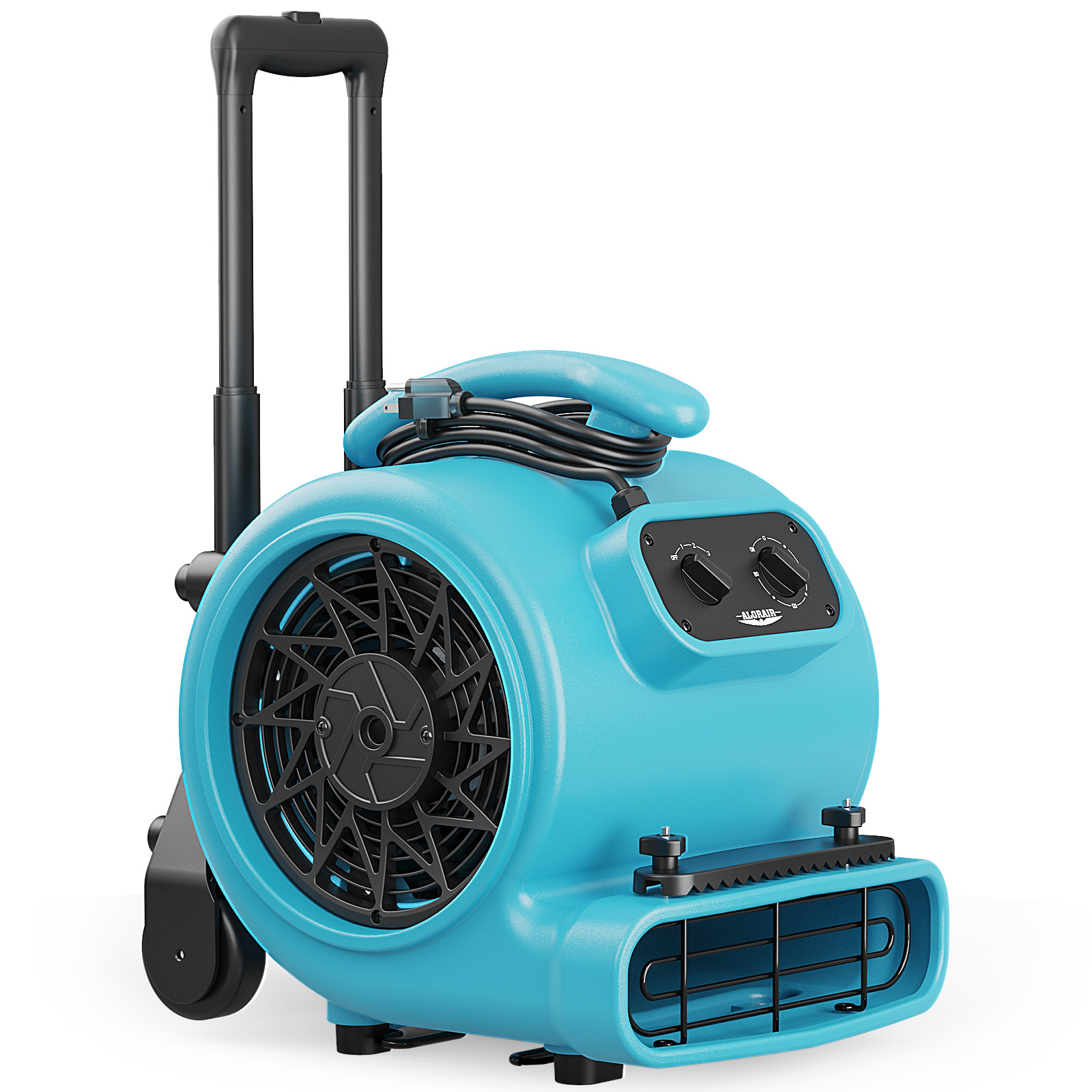
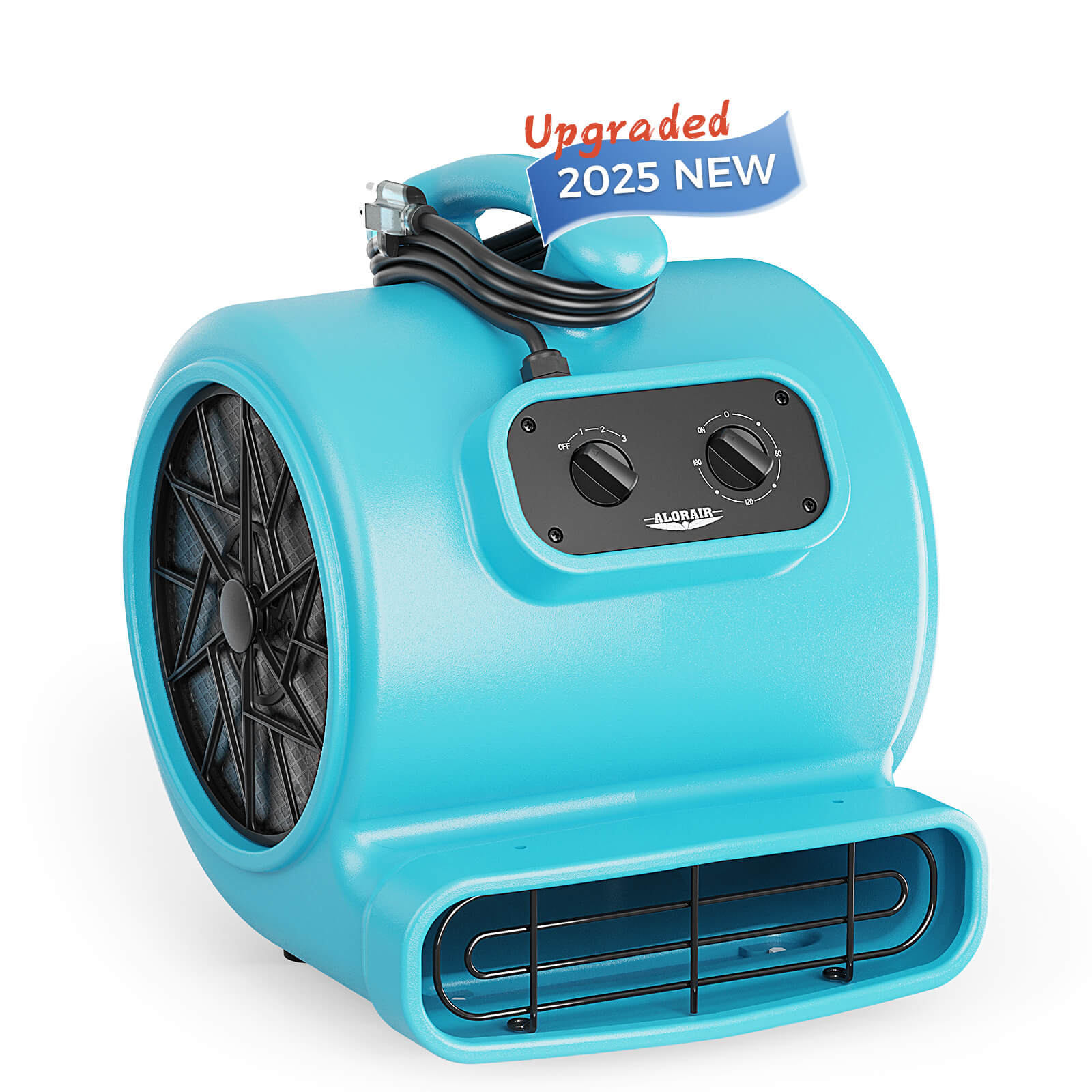
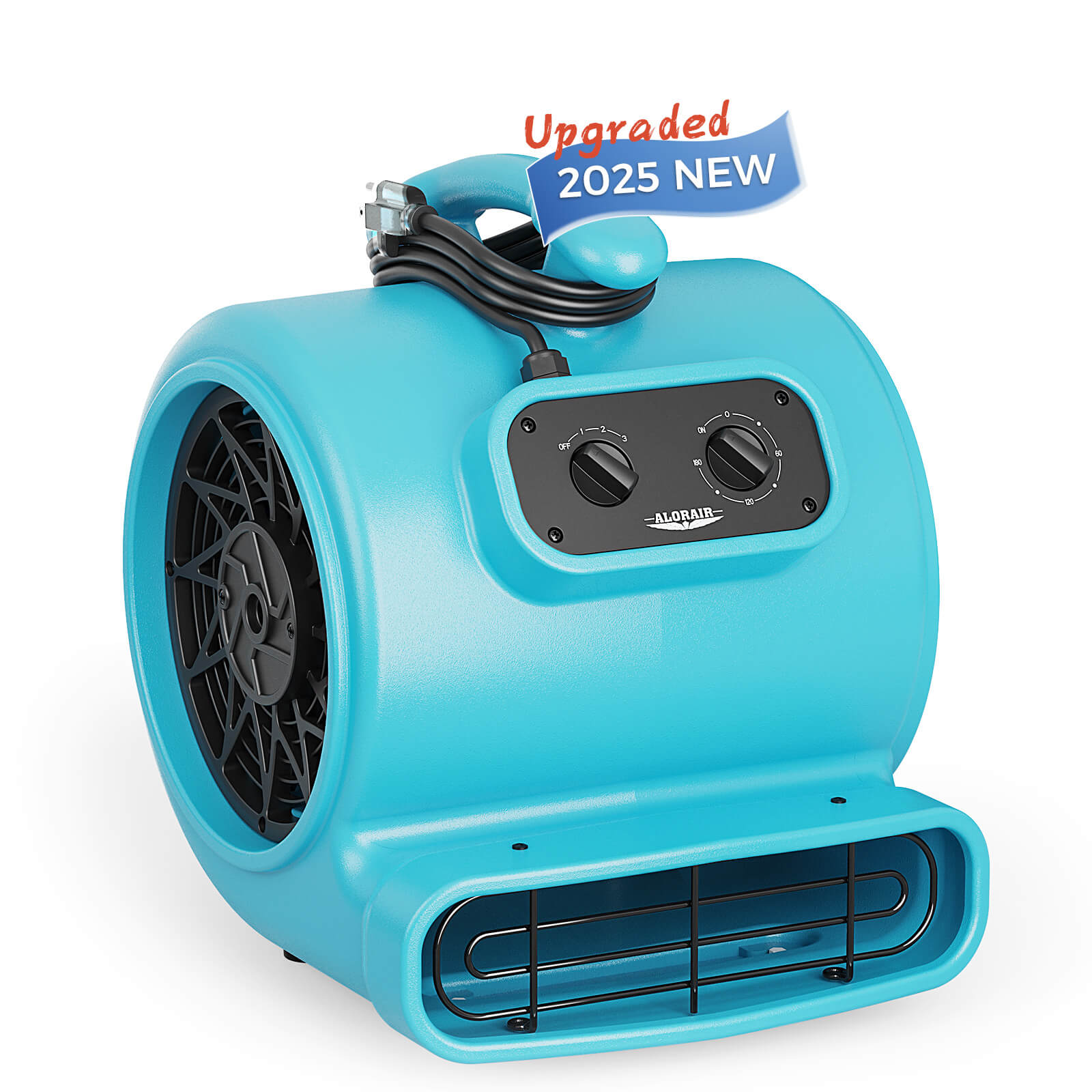
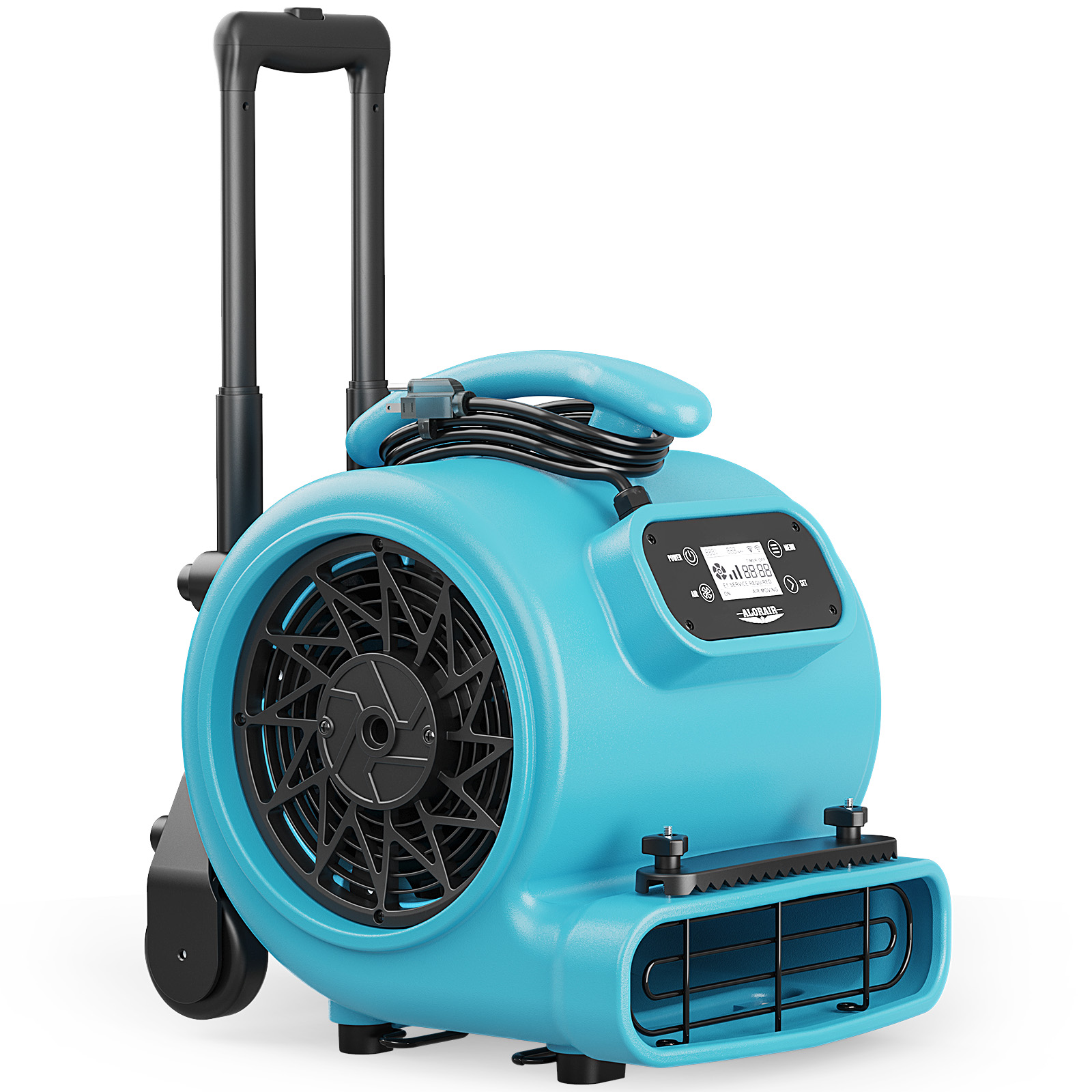


.jpg)
.jpg)





.jpg)
.jpg)
















-.jpg)
.jpg)

.jpg)
.jpg)



























 Exclusive offers
promotions
Exclusive offers
promotions

